Search Images
Browse Content (p. 1146)
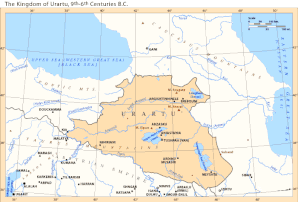
Image
Urartu
A map indicating the extent of the Urartu civilization (9th-6th century BCE) which covered parts of modern Armenia, Turkey and Iran.
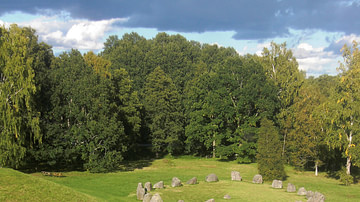
Image
Scandinavian Stone Ship Burial
Early Scandinavian burial mound marked by stones laid out in a ship-pattern - a practice that was common in Scandinavia from the Bronze Age through the Viking Age. This particular one is situated in Anundshög, Västerås, Sweden, and dates...
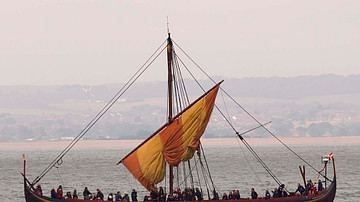
Image
Viking Longship Replica
The 'Sea Stallion', a replica based on the remains of the Viking longship known as Skuldelev 2 built in the 11th century CE in Dublin, but found sunk in Roskilde harbour in Denmark. It was around 30 meters long and 3,8 meters wide.
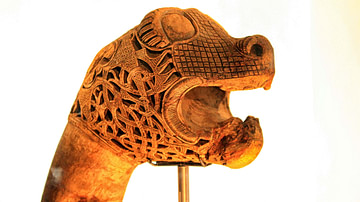
Image
Oseberg Animal Head
The exquisitely carved animal head number two (there are five in total) found with the Oseberg Viking ship, dated to c. 820 CE, in a ship burial setting in Oslo fjord, Norway. The heads are housed in the Viking Ship Museum in Oslo.
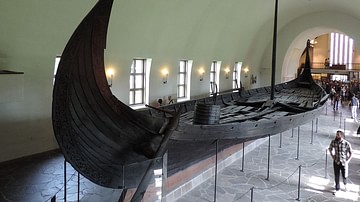
Image
Oseberg Viking Ship
Full view of the Oseberg Viking ship dating from c. 820 CE discovered in a lavish ship burial setting in Oslo fjord, Norway. The ship is housed in the Viking Ship Museum in Oslo, Norway.

Image
Gokstad Viking Ship
Frontal view of the Viking ship known as the Gokstad, housed at the Viking Ship Museum in Oslo, Norway. The ship dates from c. 900 CE and was preserved in a ship burial found in Oslo fjord. The lapstrake technique in which the hull planks...
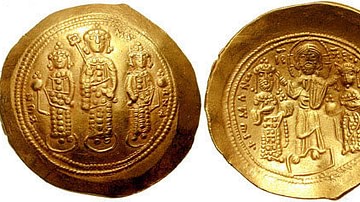
Image
Romanos IV Histamenon
A gold Byzantine histamenon coin of the emperor Romanos IV Diogenes (r. 1068-1071 CE). (Classical Numismatic Group, Inc. http://www.cngcoins.com)
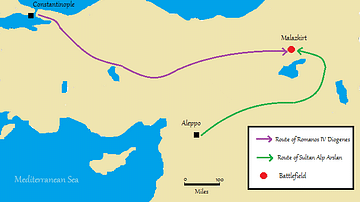
Image
Location Map of the Battle of Manzikert, 1071 CE
A map indicating the location of the Battle of Manzikert in August 1071 CE. The battle in Armenia was one of the greatest defeats suffered by the Byzantine Empire. The victorious Seljuk army led by the Sultan Alp Arslan famously captured...
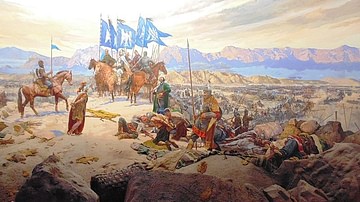
Image
Battle of Manzikert
A painting depicting the aftermath of the Battle of Manzikert (Mantzikert) in August 1071 CE. The battle, in Armenia, was one of the greatest defeats suffered by the Byzantine Empire. The victorious Seljuk army captured the Byzantine emperor...
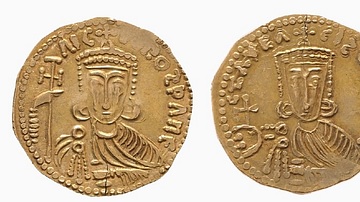
Image
Gold Coin of Nikephoros I
A gold nomisma coin of Byzantine emperor Nikephoros I (r. 802-811 CE). (British Museum, London)